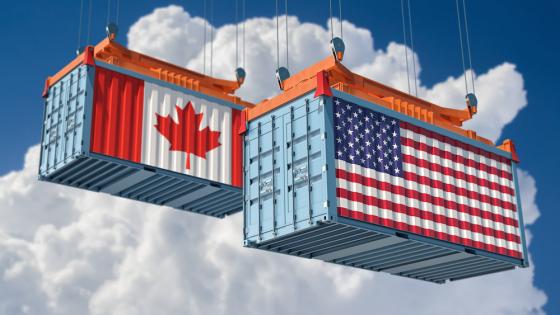DP16552 Trade, Gravity and Aggregation
Gravity regressions are a common tool in the empirical international trade literature and serve an important function for many policy purposes. We study to what extent micro-level parameters can be recovered from gravity regressions estimated with aggregate data. We show that estimation of gravity equations in their original multiplicative form via Poisson pseudo maximum likelihood (PPML) is more robust to aggregation than estimation of log-linearized gravity equations via ordinary least squares (OLS). In the leading case where regressors do not vary at the micro level, PPML estimates obtained with aggregate data have a clear interpretation as trade-weighted averages of micro-level parameters that is not shared by OLS estimates. However, when regressors vary at the micro level, using disaggregated data
is essential because in this case not even PPML can recover parameters of interest.
We illustrate our results with an application to Baier and Bergstrand's (2007) influential study of the effects of trade agreements on trade flows. We examine how their findings change when estimation is performed at different levels of aggregation, and explore the consequences of aggregation for predicting the effects of trade agreements.


